Day 1 :
Keynote Forum
Lorelei Nassar,
Clinica de Implantologie Lorelei Nassar, Romania
Keynote: Immediate vs delayed loading in oral restauration on multiple dental implants
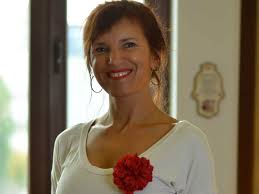
Biography:
Lorelei Nassar has 26 year experience in Dentistry, among them 20 in Oral and Maxillo Facial Surgery and Implantology. She is the Founder of 2 companies, AB Dental Romania and Clinica De Implantologie
Abstract:
The tendency in dental care today is more and more toward total mouth restauration using dental implants. Surgical
techniques like All-on-four or fast and fi x are increasingly demanded by the patients, sometimes without even a proper
clinical indication. Th e implants brought a signifi cant improvement in life quality of our patients, mostly those of a certain
age wearing removable prosthesis, who’s condition enhanced aft er the placement of an overdenture on dental implants. We
are presenting here a number of clinical cases with patients of a wide range of ages, from simple to complex, with follow up
of several years. Rate of success is in the range mentioned in literature 93-95%, with long term survival of the implants with
immediate, as well as delayed loading in the same proportion. Th e manner of the prosthetic fi xation and the number of the
implants and prosthetic loading is highly dependent of the area/country where the surgery is done, as well as the esthetic and
functional demands. Th e 3 groups considered, dental implants in the same session with the extraction, dental implants on a
healed bone crest and the implants with immediate loading are in the same range of survival rate, based on the clinical cases
considered in the last 12 years.
- Orthodontics and Endodontics
Session Introduction
Shaul Lin
Rambam Medical Center, Israel
Title: The ability of Foreign body and infected by EF SS biofilm to sustain bone lesion in Rat Calvarium

Biography:
Shaul Lin Graduated in DMD 1994 from faculty of medicine, Tel-Aviv university. Postgraduate in endodontic specialist course 1994-2000. Chairman and Assistant
Profesor of Endodontic and Dental Trauma Department, Director of Post-Graduate Program in Endodontics in Rambam hospital. Assistant Profesor in faculty of
medicine, Technion.Member of the Endodontic Specialty Committee, Scientifi c Council. Author of more than 70 international scientifi c articles in dentistry.
Abstract:
Aim: Th e current study examines the biofi lm on Gutta-Percha (GP) root canal fi lling material as a possible cause for persistent
apical periodontitis occurring aft er endodontic treatment. To this aim, we propose to assess the healing capacity of bone lesions
around biofi lm-infected and non-infected gutta-percha points.
Methodology: We used Wistar rats as animal models. Th is model can establish a causative relationship between microbes and
pathogenesis designed and postulated by Robert Koch. It consists in introducing the "pathogenic factor" in a healthy body and
observed whether it causes the same reaction, in the calvarium. Th ey were divided into distinct groups: (1) Biofi lm-infected
with Enterococcus faecalis or with Streptococcus sanguis, (2) sterile non-infected GP and (3) bony defects with no particles
implanted. Th e GP points were implanted into bony defects created in the animals' calvaria. Th e animals were sacrifi ced 60
postoperative days and histological assessments were performed.
Results: In the GP particles of the non-infected group, minimal infl ammatory cell reactions were observed in the adjacent
tissue and newly woven bone matrix surrounded by osteoblasts was detected. In the biofi lm-infected group, a mild foreign
body reaction with a few infl ammatory cells was noted adjacent to the capsule and newly woven bone matrix surrounded by
osteoblasts and mature bone was also observed.
Conclusions: It has been suggested that some root canal treatments fail because of non-microbial factors, including extruded
root canal fi lling materials, which may cause a foreign body reaction. In this study gutta-percha with or without biofi lm, has no
ability to induce peri-apical lesion on its own, without the presence of an infected root canal in its vicinity.
Dragan Eliza
Grigore T Popa University of Medicine and Pharmacy, Romania
Title: Innovative surgical workflow for immediately loaded rehabilitations
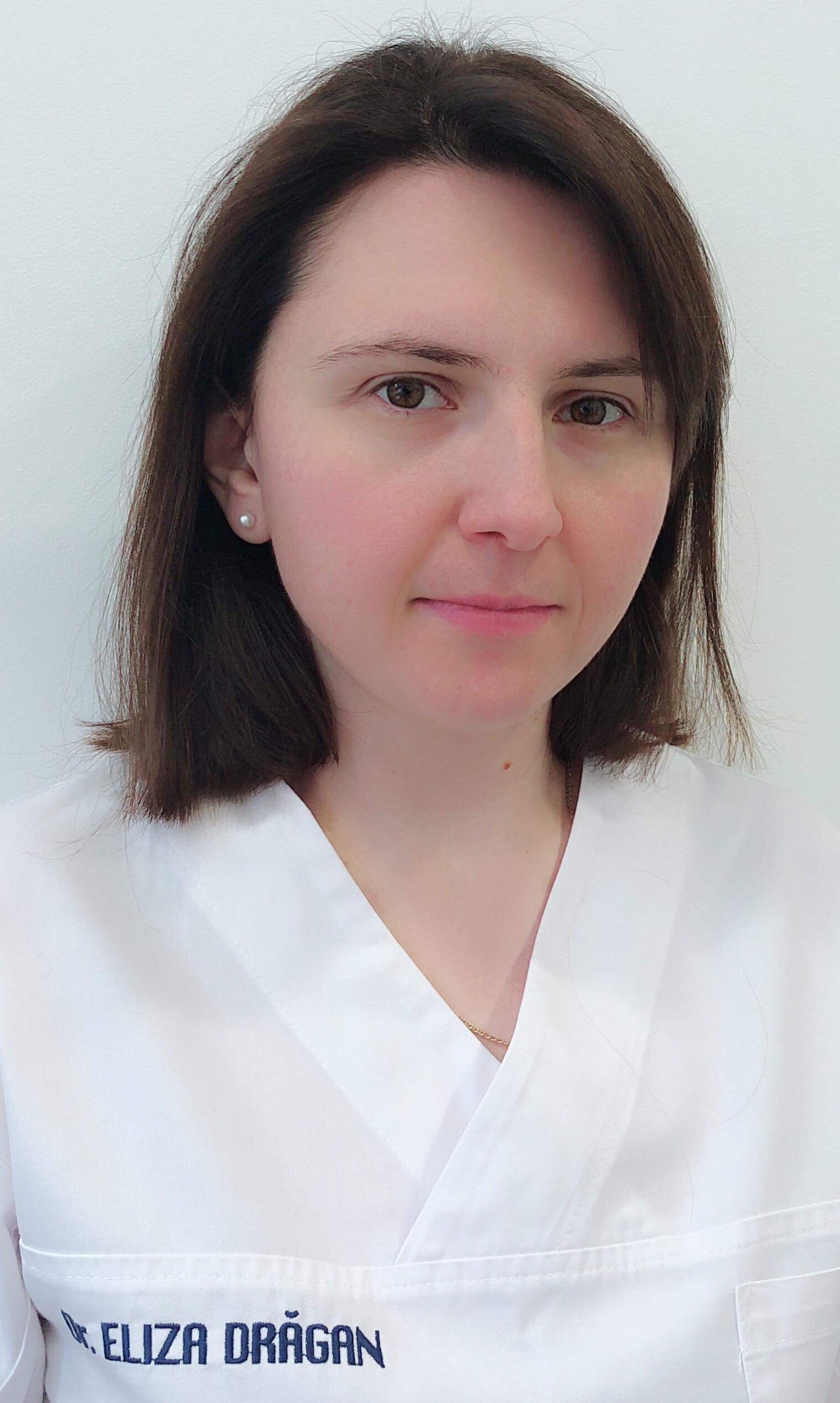
Biography:
Eliza Dragan has completed her PhD in 2016, from ‘Gr.T.Popa’ University, Romania. The research topic was 3D imaging and pharmacological agents in maxillary
sinus augmentation. She is an Oral Surgery&Implantology specialist. She has 11 international publications in the fi eld of oral implantology, 3 published books as a
co-author and she is a reviewer for 2 inter-national journals
Abstract:
The primary objective of implant therapy in the esthetic zone is an optimal esthetic treatment outcome with high
predictability and a low risk of complication. In its ITI Consensus Conference 2013, the ITI has clearly indicated that
implants should be placed in the early time frame aft er tooth extraction, either as an immediate or early implant placement
approach. A rationale for immediate loading is not only to reduce the risk of fi brous tissue formation (which results in clinical
failure) but also to minimize woven bone formation and promote lamellar bone maturation to sustain occlusal load. Immediate
implant placement can be used in ideal clinical conditions. Th e most important requirements are a fully intact facial bone wall
with a thick wall phenotype (>1 mm) and a thick gingival biotype. According to Braut et al., 2011, in central incisor sites, only
4.6% had a thick wall phenotype (>1 mm). Th e presentation will bring new aspects related to soft tissue volume and phenotype,
bone volume, timing of implant placement, type of implant indicated for immediately loading, 3D planning, Implant Stability
Quotient (ISQ), aspects related to occlusion, pharmacologic adjuvants and provisional implants. Strontium ranelate improved
implant osseointegration (Maimoun et al., 2010) and bone graft microarchitecture and mechanical properties (Dragan et
al., 2016). A new surgical workfl ow for immediately loaded rehabilitations will be presented using 3D planning, 3D printed
surgical guides, provisional prosthetics. Flapless procedure showed a superiority in preserving bone tissues but may increase
the failure risk of the dental implants, especially in the situation of immediate/early loading.
Hamid Rezaie
Orthovan trading ltd, Ukraine
Title: Orthodontic microimplant for distalization of mandibular dentaion in calss III correction
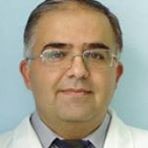
Biography:
Hamid Rezaei obtained his MDS,PHD in Orthodontics from the Ukraine National medical Unversity of Bohomoletys. He is an active member of the Korean
orthodontic Research Insitute Inc and offi cial speaker company Dentos Korea . he is an brunch the Korean orthodontic Research Institute Inc in Ukraine more than
15 years. He is the head of the leading private orthodontic center dental-orthomedina in Ukraine, for last two decades and teaches young specialists at his own
learning center.
Abstract:
Treatment of class III without crowding use implant was used for distalization for lower dention. Every orthodontic tooth
movement is accompanied by a reaction. Th is can make it diffi cult to correct a malocclusion by using intraoral appliances
alone, especially when complete distal movement of the mandibular dentition is planned in nonsurgical Class III malocclusion
treatment. Traditionally, fi xed appliancesand intermaxillary elastics have been used to move mandibular molars distally, oft en
resulting in undesirable proclination of the maxillary incisors and extrusion of the maxillary molars as reciprocal side eff ects
Hisham Atwan
Atwan Orthodontic Center, Palestine
Title: Dental implants interactions with modern orthodontics
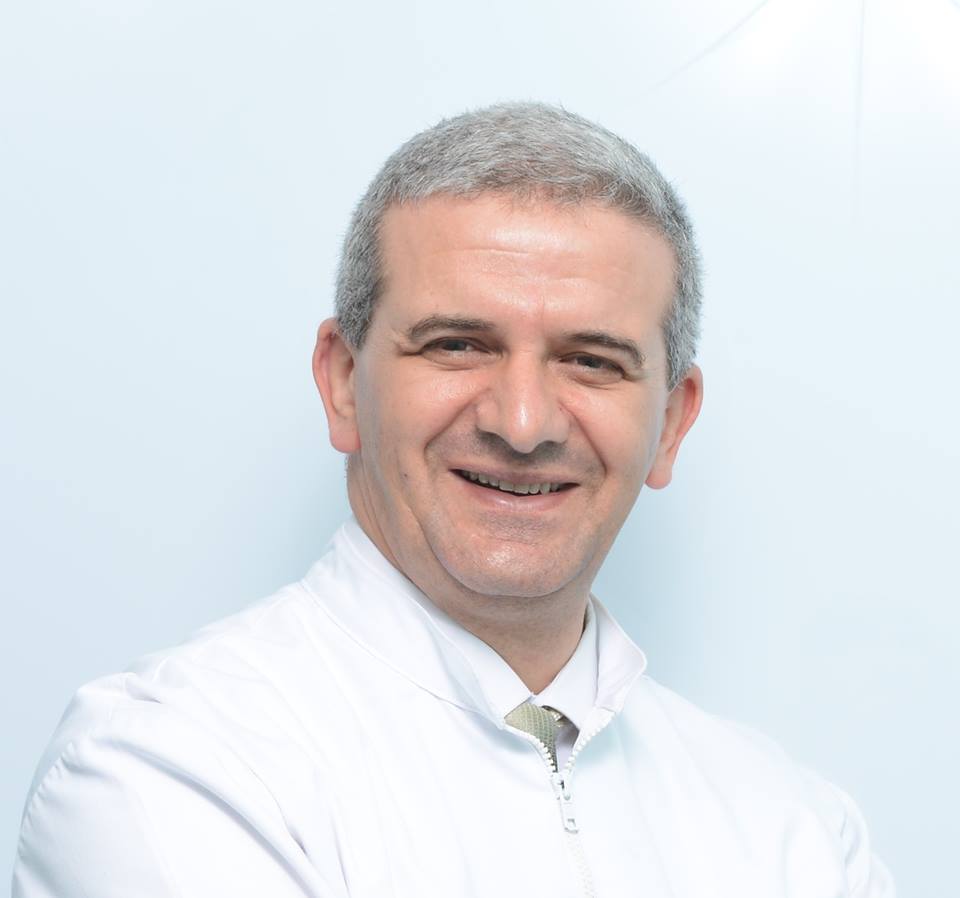
Biography:
Hisham Atwan is a specialist in dento-facial orthopedics and orthodontics, graduated from Lille II University in France. A member of the French, WFO, the Arab and
the Palestinian orthodontic societies. A member of the Key Opinion Leaders club in Ormco Company. Active member of European Society of Lingual Orthodontics.
The previous head of the scientifi c committee in the Palestinian orthodontic society. He completed highly professional orthodontic courses in self-ligating systems
and lingual orthodontics in Europe, and participated in many Arab and international conferences. Head of the Atwan Orthodontic Center in Bethlehem for the last
19 years, with a special interest in using the self-ligation system for the last 16 years.
Abstract:
Introduction: Dental implants have become predictable and reliable adjuncts for oral rehabilitation. Th ey could be part of the
orthodontic therapeutic plan or inserted before starting orthodontic treatment.
Objectives & Methods: Th is presentation aims to discuss the interface between orthodontics and dental implants: When, why
and how modern orthodontics can make use of, deal with, or avoid using dental implants. A variety of interesting clinical cases
will be presented in the following categories:
1. Orthodontic interactions preparatory to implant placement versus orthodontic space closure in subject with missing teeth.
2. Orthodontic interactions aft er implant placement and how we can use the implant as an anchorage tool, but overcome
the obstacle of presence of dental implant opposing the orthodontic movement by showing possible orthodontic tricks and tips.
Results: Variable desirable results can be obtained from orthodontic interactions with dental implants: Uprighting mechanics,
Extrusion/Intrusion, Delayed space opening, Retraction, Realignment, Closing spaces to eliminate the need for implants,
Midline correction, Repositioning & stabilizing teeth, Improving occlusal relation-ships, Providing anchorage for orthopedic
& orthodontic movement, Tissue augmentation (both hard & soft ) site development.
Conclusions: Th e management of the Orthodontic mechanics can be simplifi ed, accelerated, facilitated by the placement of an
implant & utilization as integral part of mechanotherapy. If we don’t have a precise target with the implant we don’t include it
in our mechanical system. Interactions between dental implant and modern orthodontics is a complex procedure requiring a
multidisciplinary approach.
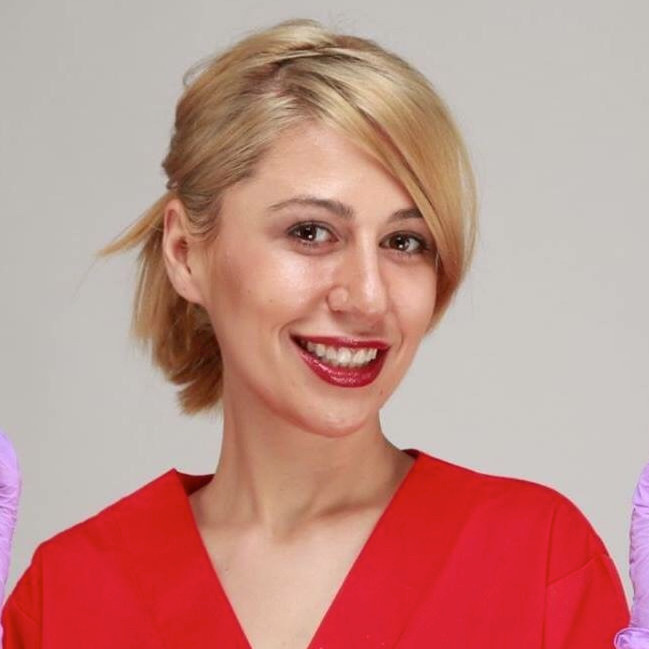
Biography:
Cristina Andreea Virbanescu has received a Master Degree in Implantology
Abstract:
Oral implantology is a branch of the oral surgery that opened a new era in dentistry and whose is in continuous development.
We can say that oral implantology is a mixture of dento-alveolar, prosthetic and gnatology. Th e concept of osteointegration,
guided tissue regeneration, bone graft s, sinus-lift interventions have contributed to expanding dental implant indications and
increasing the success rate. In the therapy of bone defects for the purpose of substituting the hard tissues, additive materials are
used. Th ese in the form of orgines, are divided into autographs, analogs and alloplastic materials. Bone tissue is the only tissue
in the body that can be cured without any structural or functional deterioration without scars. It has long been considered as
the gold standard in addition techniques, being the only additive material with osteogenic capacities. It does not involve high
costs being harvested from the same patient who would receive the graft . It was fi rst in add-on type bone as it was biocompatible
with a lower risk than the graft is not acceptable because it comes from the same patient. Th e incidence of autologous bone graft
use was represented by the high rate of intra and postoperative complications as well as the high bone loss. Once harvested,
the auto-graft should be used immediately or stored for short periods of time in sterile saline, Ringier dairy solution or D5W
to maintain vitality of bone cells. It is contraindicated to keep the graft s in distilled water because cell lysation is produced due
to the hypotonicity of the water. Also, keeping graft s in the blood decreases the survival rate of cells in the graft because the
red blood cells eliminate cytotoxic cells that damage the cells. Th e auto-grip collection places are divided into two categories:
Intraoral and extraoral. Since the beginning of bone graft ing, auto-graft was the fi rst material used to obtain an optimal bone
quantity. Th e fi rst place of harvesting was the iliac crest. Th e auto-graft has the highest success rate of all addition materials,
the quality of the bone formed being very good and without any extra cost to the patient. Available bone volume regardless
of where we harvest, less in the case of jaw tubercular auto-screen (2-4 ml). We have the best bone quality in the mandibular
symphysis. Respiration time between 3-8 months. Autograph can solve almost any type of bone defect from lift ing of unilateral
jaw simula, small alveolar defects, large alveolar defects. Another advantage is that it can be combined with other materials.
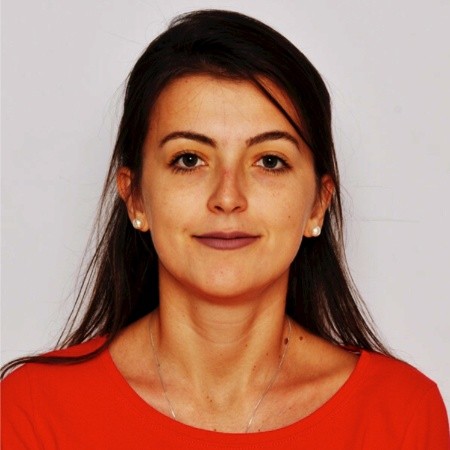
Biography:
Abstract:
Dental caries is an oral disease with a high worldwide prevalence. Th e most common reason of the increasing without
control is the consumption of carbohydrates, foods with considerable sucrose concentrations. Th ese carbohydrates cause
not only caries cavities but even problems with the human health. In spite of various available prophylactic means as the daily
use of water fl uoridation, fl uoride toothpastes, mouth-rinses, dental sealants or oral health education programs we can notice
that we can slow down the carious process, but cannot control it at all. If not treated in time it can aff ect not only the mastication
function but also the smile, speech, quality of life and phycho-social environment. Are we happy with this as professionists? Do
the patients think that caries is a problem? Th is lesson is focused how to prevent the carious process and the usage of a minimal
invasive restauration. It includes on early diagnosis of the risk and the lesions from the beginning. Th e caries progress is so
slow but it cannot be stopped without an operative treatment. It requires years that a surface lesion progresses in the dentin
and creates a cavity. To get well informed with the caries progress and to also know how to react in every situation can help the
professionist to intervent in time in the right way. We have to focus on the combination of preventive methods which do not
require the patient cooperation and the dietary. At the end, the audience should be able to understand - contemporary concepts
and evidences of the caries progress, fl uoride eff ects, durability of the fi llings and the alternatives to eff ect on the patients and
the professionists toward healthy behaviors.
Greta Bacionyte
AND klinika, Lithuania
Title: Micro-abrasion: Minimally invasive early treatment option for enamel defects for children

Biography:
Greta Bacionyte is Specialist of Pediatric Dentistry, has completed his Graduation in Vilnius University, currently working in Amsterdam, The Netherlands. He is
currently attending Internships in Oklahoma University, USA and Exchange Studies in Malmo University, Sweden.
Abstract:
Enamel defects can diff er in etiology (trauma, fl uorosis, genetics, infl ammation, systemic deceases or initial caries) and may
present various appearances (varying from small white spots and pits to dark brown enamel morphology defi ciencies).
Depending on degree of expression of the defect or discoloration, it is proven to have a negative eff ect on the child’s psychosocial
life, but options for treatment are limited and oft en not even considered because of the young age of the patient. Enamel defects
caused by fl uorosis are common among up to 45% of children in Lithuania and up to 19% of children have other type of enamel
defects so the treatment need is signifi cant. Micro-abrasion, a technique based on using acid etching combined with abrasive
materials on enamel. It is a minimally invasive enamel defect treatment technique that can improve the aesthetics in young
age or allow getting better results during the following treatment. Micro-abrasion can be combined with fl uoride therapy,
bleaching, composite fi llings or even veneers and crowns aft er the occlusion are formed. Th e aim of this presentation is to
review the literature and compare minimally invasive treatment versus restorative techniques for enamel defect elimination.
Also advantages and disadvantages of various treatment options according to the age of the patient will be discussed, limits of
technique will be estimated and case reports presented.
Najat A J S Alyafei
Preventative Oral Health Services, Qatar
Title: Asnani project: A preventative oral health program targeting school children in Qatar
Biography:
Najat Alyafei is the Head of Preventative Oral Health Services of the Primary Healthcare Corporation, a member of the National Oral Health Committee (NOHC) and
the Program Manager of the School Oral Health Program tagged Asnani (My Teeth) in Qatar. In addition, she was the fi rst and only Qatari senior dental hygienist
working at Hamad Medical Corporation until 2016. She has a Bachelor of Science degree in Dental Hygiene from King Saud University, Riyadh, Saudi Arabia and
Master of Science degree in Education, Administration, and Dental hygiene at Old Dominion University, Virginia, USA. Currently,she is a PhD candidate at Bangor
University, United Kingdom and her PhD research is focussed on dentalcaries behavioural prevention strategies for primary school children in Qatar.
Abstract:
Background: Recent studies revealed that Qatar has one of the highest prevalence fi gures of dental caries worldwide, especially
among young children (89%) (1,2). Th erefore, one of the State’s national strategies to tackle this issue was to expand the old
school oral health program (SOHP) which was accommodating only fi rst and fourth grade of primary school students, to a
more comprehensive program, including all levels of school children in public kindergartens and governmental schools in
Qatar. Th e program is sought to reduce the oral disease burden by integrating educational, preventive and curative approach.
Methods: Th e program is targeting 130,000 students, and utilizes mobile dental clinics, operated by dentists, dental hygienists,
and dental assistants to outreach students at schools. Students will receive oral hygiene instructions, full mouth screening,
preventative dental treatment (topical fl uoride & fi ssure sealants) and will be referred for dental treatment if needed. All
clinical fi ndings are recorded electronically, including full dental charting and DMFT/dmft index. Th e project has been piloted
in Feb-Mar, 2018. Th ree schools were selected (two primary schools – one for boys and one for girls - and one KG for boys)
with 700 students included in the pilot.
Results: Dental caries prevalence was 82.4%, and the mean DMFT was 5.8. Around 51% of the students had DMFT > 5, 22%
had DMFT between 3 and 5 and 14% had DMFT ≤ 2. Moreover, 95.2% received topical fl uoride, and 28.5% received fi ssure sealant.
Implications: In line with the National Primary Health Care Strategy in Qatar, which stresses on implementing more
preventative dental services, the new |Asnani SOHP aims to reduce the state’s burden of oral disease, increase community
awareness about the importance of oral health prevention and improve access to dental services.
Conclusion: Th e new Asnani SOHP integrates both primary health care and educational institutes in order to deliver effi cient
and high standard preventative dental service, where oral health education, prevention, and treatment take part in reducing
oral disease burden among school children.
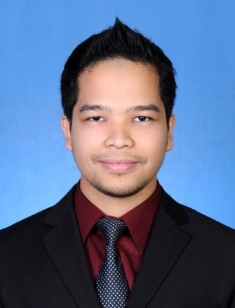
Biography:
Nik Mukhriz Nik Mustapha is a specialist orthodontist at the Ministry of Health Malaysia. He studied Dentistry at University of Malaya graduating with a bachelor
of dental surgery in 2010. Following qualifi cation, he spent 6 months in Oral and Maxillofacial Department, Selayang Hospital before 3 years in general dental
practice and about 18 months in Orthodontics department. He then undertook a postgraduate training in Orthodontics at the University of Glasgow. He was the
only recipient of MARA scholarship worth over GBP200000. In 2017, he was awarded his Doctorate in Clinical Dentistry (Orthodontics), the memberships from
the Royal College of Surgeons (Edinburgh) and the Royal Australasian College of Dental Surgeons (Australia). He has been elected as the executive committee
member of the Malaysian Association of Orthodontists. He is interested in holistic approach to treating various malocclusions and he has presented at several
international conferences.
Abstract:
In this new challenging world that we live in today, a smile may not necessarily imply happiness or satisfaction as it may
physically suggest. Perfecting smiles with braces is about going the extra mile to ensure orthodontic expectations are met, by
providing a life changing experience before, during and aft er orthodontic treatment. Th is is similar to the concept of emotional
dentistry which is widely used today. Over time, many new fi ndings about malocclusions and their implications together with
the role of orthodontic treatments are being published. A recent systematic review conducted in the UK found that orthodontic
treatment provided to patients below the age of 18 years leads to moderate improvements in oral health-related quality of life
(OHRQoL) following treatment. Keeping up with current updates on OHRQoL and psychological wellbeing enables a holistic
approach to planning an orthodontic treatment. Moreover, various aesthetic appliances are now available to maintain smiles
during treatment. Orthodontics has signifi cantly evolved since its inception, allowing the quality of treatment to be improved.
Eventually, following active orthodontic treatment, it is essential to retain the perfect smile in terms of appearance, health and
function. Th is include the use of clear overlay retainers, allowing night time retainer wear instead of full time wear and new
methods on managing the unaesthetic appearance of decalcifi cations. Aiming for a perfect smile will certainly lead to a high
standard of care which should be the ultimate goal in every orthodontic practice.
Yulia Bogdanova Peeva
Public Health Medical University, Bulgaria
Title: Awareness and motivation for orthodontic treatment investigated with Q-methodology

Biography:
Peeva was born in Plovdiv, Bulgaria in 1971. She graduated Medical University of Plovdiv in 1994 with Master degree of Dentistry. The title of her successfully
defended PhD thesis is "Awareness and motivation for orthodontic treatment of children from Plovdiv" (2015). Specializations: 2008 Social Medicine and Health
Management (Sofi a); 2010 Uludag University Bursa, Turkey; 2012 University Studi di Genova, Italy; 2014 American Austrian Foundation, Open Medical Institute
of Austria, Salzburg; 2017 Fundacion Universitaria de Ciencias de la Salud (FUCS), Bogota, Colombia; 2018 EADPH Spain. Scientifi c Interests: orthodontics,
public health, prevention and prophylaxis of oral health, e-health, health management, European health law and policies, etc. Textbooks: Peeva Yu. Awareness
and motivation for orthodontic treatment through the eyes of orthodontists, children and parents
Abstract:
Objectives: Th e aim of this investigation is to evaluate patient’s attitudes and demand for orthodontic treatment with Q–
methodology.
Study Design: Prospective cohort study.
Materials and methods: Th e two-phase method of Stein has been used in order to calculate the number of parents. At the fi rst
stage, we have used a sample of 50 children, set the standard deviation (SD) based on age and standard error (SE) with quality
variables. At the second stage, a formula has been applied to calculate the number of observations, P (u) = 0.95, Sx=3.45 and
Δ=0.5. Th e study was conducted on 259 children.
Results: By the adolescents opinion, the most important reason is aesthetics and here their expectations from the outcomes are
very high, rxy=0.93 (P=0.000). Th e subjective factors as "I want to have upright teeth" rxy = 0.90 and "I want to look perfect by
growing up" rxy = 0.82 show high correlation coeffi cients. Th ese correlation coeffi cients are a reason for a summary that highly
sophisticated and motivated patients who are aware of the successful social realization and thanks to the beauty of the smile
and the perfect vision are involved to the sample.
Conclusions: Th e following four factors have been outlined by Q-methodology to determine the motivation of the children:
• "Aesthetics and Conscious Need";
• "Aesthetics and social realization";
• "Striving for perfection";
• "Aesthetics and importance of foreign opinion".
